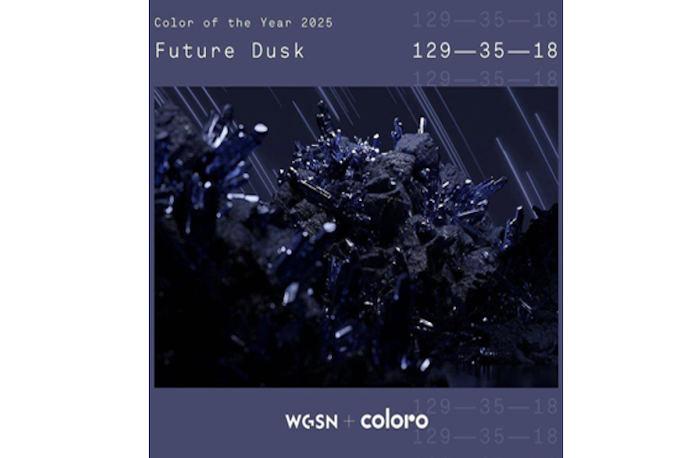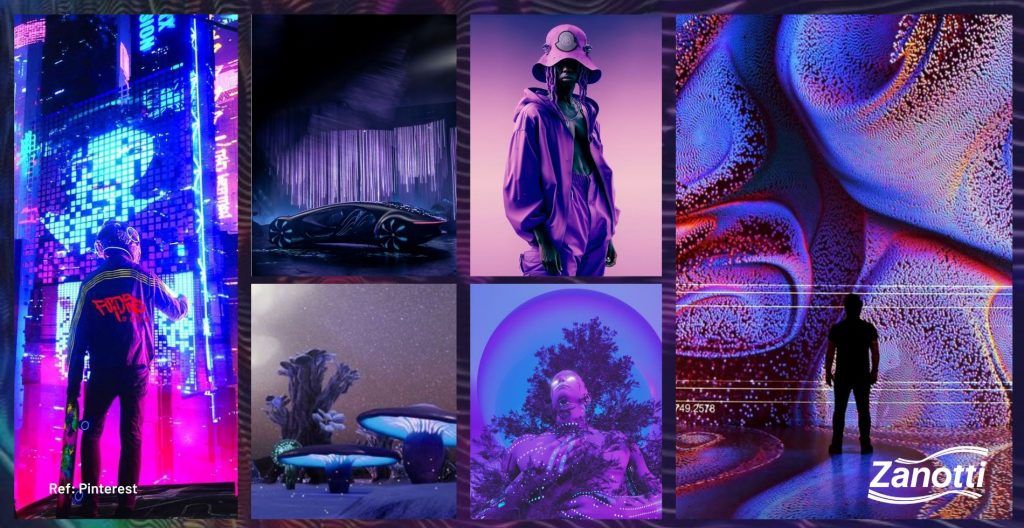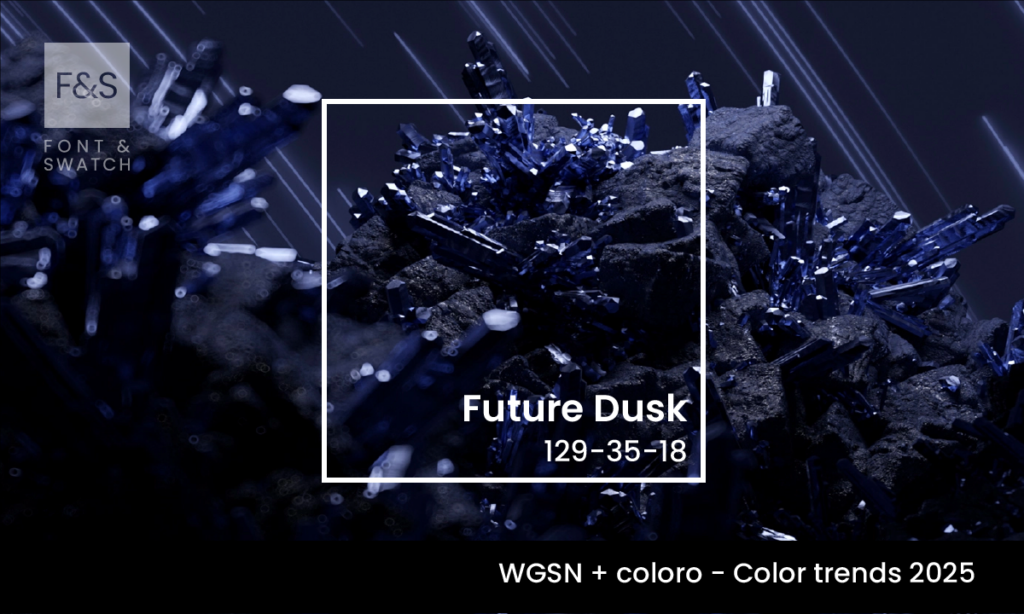With great pleasure, we will explore the intriguing topic related to Pantone’s 2025 Future Dusk: A Disappointing 5 Reasons Why It Lacks Impact. Let’s weave interesting information and offer fresh perspectives for you.
By the end of this article, you’ll discover something you never considered before. So, make sure to read until the end!

Pantone’s annual Color of the Year announcement is usually met with excitement and anticipation. It sets the tone for the upcoming year in design, fashion, and beyond. But this year, the chosen hue, "Future Dusk," a dusky, moody blue-purple, has left many feeling underwhelmed. While the color is undoubtedly sophisticated, its potential impact feels diluted, and here are 5 reasons why it falls short of true inspiration.
1. The Familiarity Factor: Been There, Done That.
Future Dusk, while elegant, treads familiar ground. We’ve seen similar shades of blue-purple dominate trends in recent years. From the ubiquity of "Ultra Violet" in 2018 to the various iterations of muted blues and purples in home decor, Future Dusk feels less like a groundbreaking prediction and more like a continuation of existing trends. This lack of novelty diminishes its power to truly captivate and inspire fresh creativity.
2. Lost in the Shadows: Lacking Vibrancy and Energy.
While the official description mentions its connection to the cosmos and the transition between day and night, Future Dusk feels overwhelmingly melancholic. It lacks the vibrant energy that often characterizes a Color of the Year. In a world craving optimism and forward momentum, this muted shade feels more like a reflection of uncertainty than a beacon of hope. It’s a color that sits quietly in the shadows, rather than one that boldly steps into the light.
3. Limited Versatility: Difficult to Integrate Across Industries.
The success of a Color of the Year hinges on its versatility and ability to seamlessly integrate across various industries. Future Dusk, however, presents a challenge. While it might work well in high-end fashion or minimalist interior design, its muted tone may struggle to translate effectively into more vibrant sectors like children’s clothing, graphic design, or even the tech industry. This limited adaptability restricts its overall impact.
4. The "Meh" Factor: Failing to Evoke a Strong Emotional Response.
A truly impactful Color of the Year should evoke a strong emotional response – whether it’s joy, excitement, or even a sense of calm. Future Dusk, unfortunately, seems to elicit a collective "meh." It’s a pleasant color, certainly, but it lacks the captivating quality that makes a color truly memorable and influential. It’s a safe choice, perhaps too safe, and ultimately fails to ignite the imagination.
5. A Missed Opportunity: Failing to Reflect Current Global Needs.

More than ever, the Color of the Year should reflect the current global climate and address our collective needs. While the description alludes to transition and forward-looking perspectives, Future Dusk doesn’t quite capture the zeitgeist. In a world grappling with climate change, social injustice, and economic uncertainty, a more vibrant, hopeful, and empowering color would have been a more fitting choice. Future Dusk, while aesthetically pleasing, feels like a missed opportunity to inspire meaningful change and reflect the urgent needs of our time.
In conclusion, while Future Dusk possesses a certain understated elegance, its lack of originality, vibrancy, and versatility ultimately diminishes its potential to be a truly impactful Color of the Year. It’s a disappointing choice that fails to capture the imagination and falls short of inspiring the kind of creativity and innovation that we need in 2025.



Thus, we hope this article has provided valuable insights into Pantone’s 2025 Future Dusk: A Disappointing 5 Reasons Why It Lacks Impact. We hope you find this article informative and beneficial. See you in our next article!